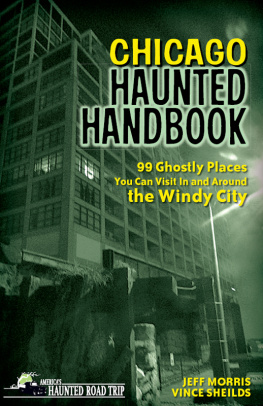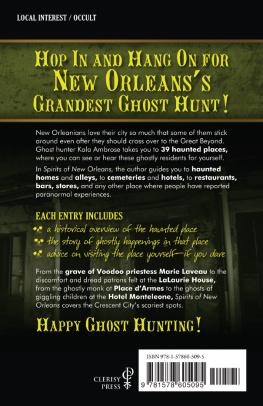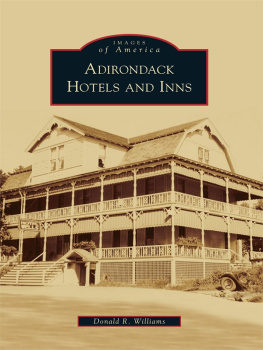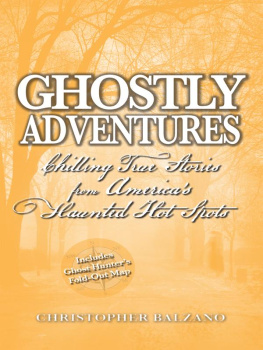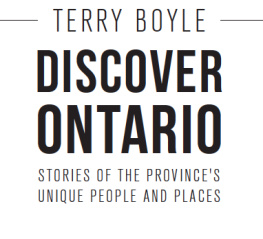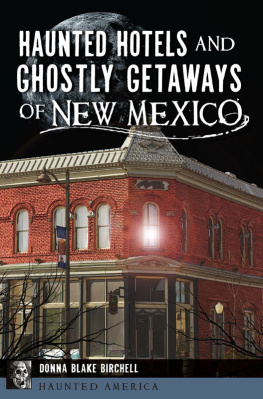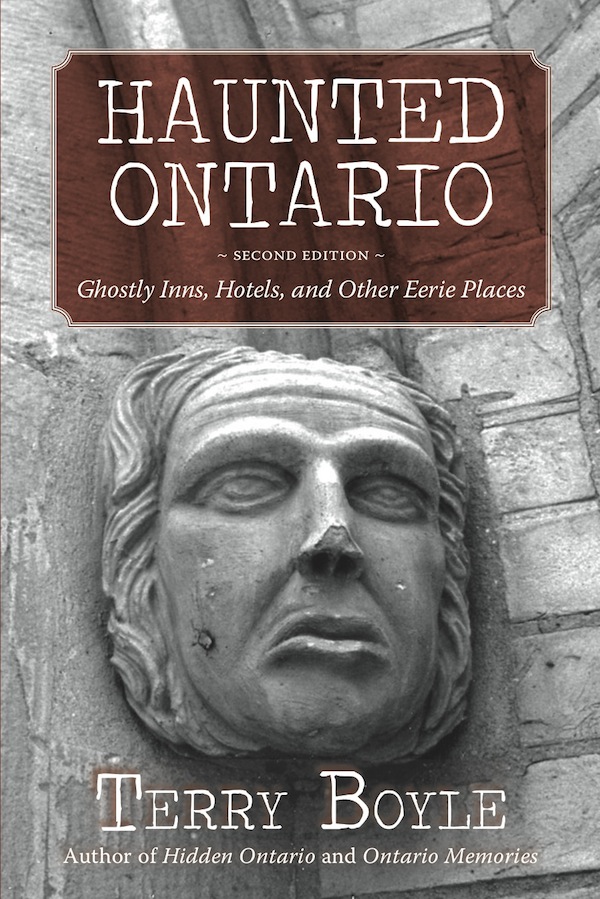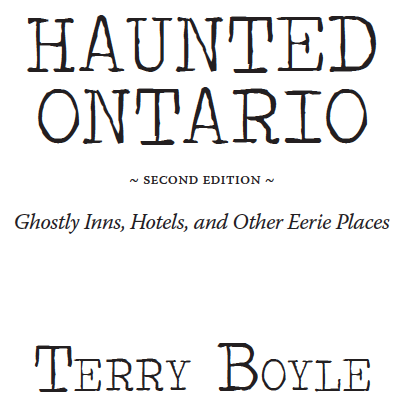Introduction
As a young child I would wait anxiously for sleep. Bed never seemed a particular secure place. It was dark; I felt alone and vulnerable in the night. The subtle play of shadows on the walls and the flowing, bulky curtains danced the waltz of the unknown. The night closed the door to sight and light. There was no comfort, no warmth; it was very still. It would happen then.
From the depths of mystery a vision would begin. Spiralling, spiralling, the image would draw closer ever brighter and clearer like a shooting star at night.
My eyes, forced to open, were pierced by light. Filled with terror, I would shake and scream aloud from the suffocating feeling in my room. As quickly as it occurred, it disappeared. Fear had slammed the door.
These visitations continued throughout my childhood. At first my screams of panic brought my mother to the room where she offered comfort to me and encouraged me to go back to sleep. Her warmth and kindness brought the light back, and yet I knew it lurked there still.
The frequency of visitations enabled me to understand how to bring them forth at will. If I welcomed the experience without fear and allowed it to spiral freely, I knew then, in my heart, that something very unique and special would take place something very different. Unfortunately, it never became clearer than a blur because it happened very fast and as I grew it happened less frequently.
What was it? To see it clearly never seemed to be the important thing but I did know that it was real!
Many children have this kind of experience, perhaps only later dismissed or forgotten. Others may have had similar experiences that were, unfortunately, unexplained and undeveloped. A child that has a conversation with an imaginary friend may be having a visionary experience. We adults may tell our children that their friend is imaginary, but perhaps the child does see a spirit. It may be very real to them. Do we disregard a childs experience because we cannot see it? This is the time of life to clarify those experiences and assist in the development of the gift of spirit connection as something very real and very special.
So, here I am once again exploring this unknown world. At last I am communicating with people whose experiences have somehow shaped their lives in a different way. For want of another way to phrase it, this is a book about hauntings.
Many people are keen to understand this phenomenal world. How about you? I believe we often refrain from admitting it publicly in fear, but deep in the depths of ones consciousness lives a belief about spirits. We just need some form of permission or acceptance from someone. You see, fear calls too many shots. How many people are afraid to walk downstairs into a basement by themselves? Are you afraid to be left at home alone overnight? Do you leave a light on at night after retiring to bed? How do you feel when the power goes out and you are left in the darkness? Will you stay alone in a house that is reputed to have a ghost?
Fear of the unknown. What the rational mind cannot comprehend does not exist. There is a need to open ourselves to more than our sense-body awareness, to experience dimensions of awareness that are there, and already available to some. All we need to do is believe.
What keeps spirits active in this dimension? What is a ghost? This is what the experts have to say. Reverend William Rauscher in his book The Spiritual Frontier , states, The question What is a ghost? is rather like asking; Whats an animal? Animals come in all shapes and sizes, as mammals, birds, fish and reptiles and range in appearance from the cuddlesome calf or bear cub to the fearsome crocodile or boa constrictor. Ghosts are similarly diverse.
The Random House Dictionary defines a ghost as the soul of a dead person, a disembodied spirit imagined usually as a vague, shadowy or evanescent form, as wandering among or haunting living persons.
A recent survey in Britain showed that over half the population believed in psychic phenomena and that 44 percent of people believed in ghosts. Of these, one in seven claimed to have seen a ghost or been haunted by one. The figures in the United States are even higher; similar studies revealed that 57 percent of the adult population believed in the phenomenon. One might conclude, to deny ghosts exist is to ignore the millions of ordinary witnesses to them.



